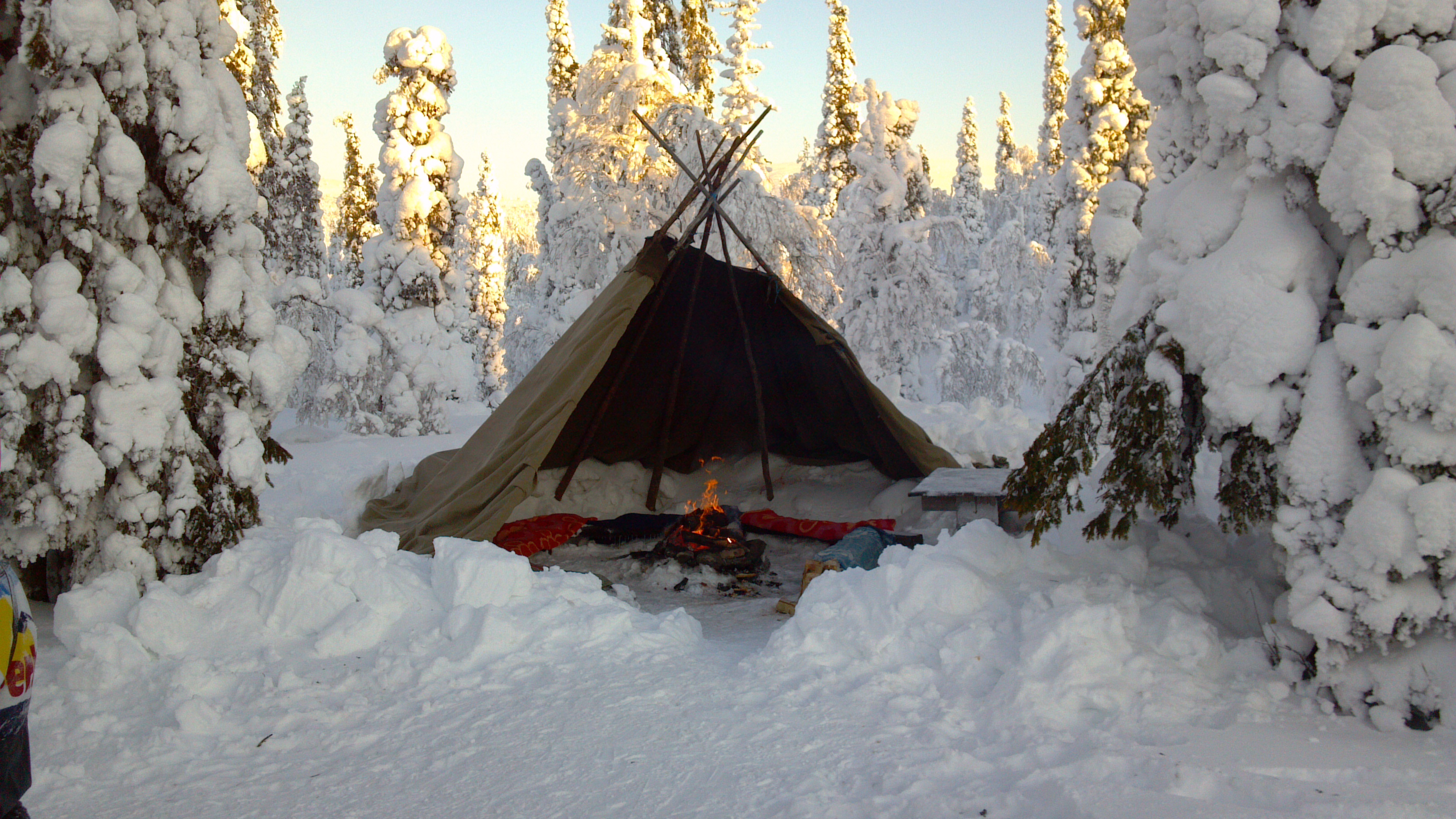Snow Assessments |
 |
2015-2016 Alaska: Winter Temperatures and Snowpack
Rick Thoman
NOAA National Weather Service Alaska Region, Fairbanks, Alaska, USA
18 March 2016
The winter of 2015-16 (December through February) was the second warmest over Alaska in the past 91 years, according to NOAA's National Centers for Environmental Information, and was the third consecutive winter to be much warmer than normal over most of the region. This winter was also significantly drier than average, ranking in the bottom 20 percent. This winter was, at the statewide scale, both warmer and drier than than 2014-15, but the seasonal snowpack as of March 1st was in better shape than a year ago, as shown in the Figure 1.
There are a couple of reasons for this. First, away from the coast the snow accumulation season starts in the autumn, and many inland areas had an exceptionally snowy autumn 2015. So even though there has been very little snowfall during mid-winter, most of the snow that fell in the autumn is still there. Near the coast there has been, overall, more precipitation than last year, and the snow level, while much higher than normal, was not quite as high this winter as last winter. So the mountain snowpack amount is higher. There are some low elevations areas this year, including the immediate Anchorage area and the northwest side of the Kenai Peninsula that have largely lost what snow fell in November and now have very low or no snow cover. These areas, while small compared to last year, are home to a significant fraction of Alaska's population, raising the threat of an early start to the wildfire season if spring temperatures are significantly warmer than normal.


Figure 1: Alaska snowpack as of 1 March 2016 (left) and 1 March 2015 (right). From the U.S. Department of Agriculture (USDA) Natural Resources Conservation Service Alaska.
Additional Information
Additional discussion of the warm Alaska winter is available on NOAA's climate.gov website.



